Contact Lens Water Content: Differences, Choosing Tips, and Recommended Products
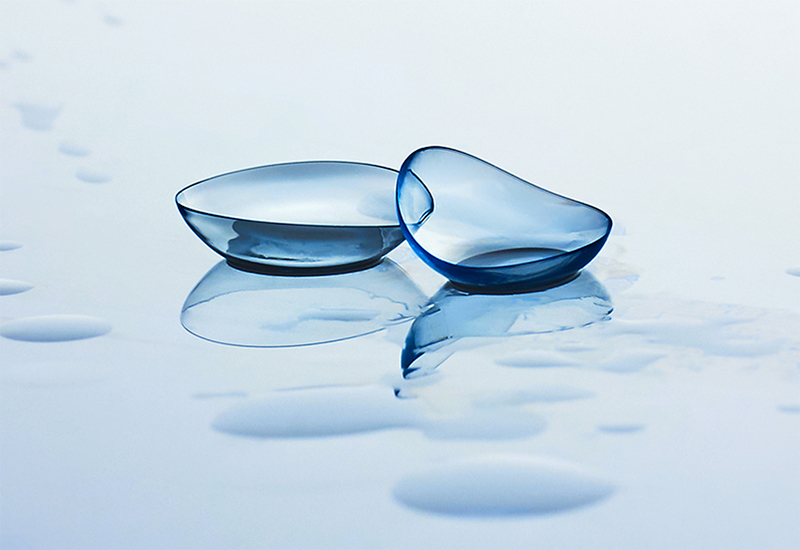
When choosing contact lenses, most people focus on base curve, diameter, and power. But water content also affects comfort and dryness. By considering water content and lens material, such as silicone hydrogel, you can find lenses that fit your eyes better for greater comfort and healthier vision.
In this article, we will take a closer look at the “water content” of contact lenses.
What Is “Water Content” in Contact Lenses?
Contact lenses have different features, and one of the key ones is water content—the amount of water in the lens material. This only applies to soft contact lenses, since they contain water, while hard lenses do not. Water content can range anywhere from 0% to 100% and plays a role in how much moisture the lens can hold.
What Are High-Water-Content Contact Lenses?

A high-water-content lens contains 50% or more water, offering comfort but prone to dryness.
Pros
- Comfortable Fit: Softer and more flexible due to higher moisture, making them easier to handle - especially suitable for first-time users.
- Better Oxygen Flow: The cornea gets oxygen through the moisture in the lens, so lenses with higher water content tend to deliver more oxygen.
(Note: Silicone hydrogel lenses also offer high oxygen permeability, even with lower water content.)
Cons
- Prone to Dryness: Contain more moisture that can evaporate, so they draw in tears and may leave your eyes feeling dry during extended wear.
Who Are High-Water-Content Lenses For?
- First-Time Users: Soft and easy to handle for beginners.
- Moderate Daily Wearers: Suitable for those who wear contacts for moderate periods each day.
- Comfort-Seeking: Best for people who prioritise a soft, comfortable fit and natural feel.
What Are Low-Water-Content Contact Lenses?
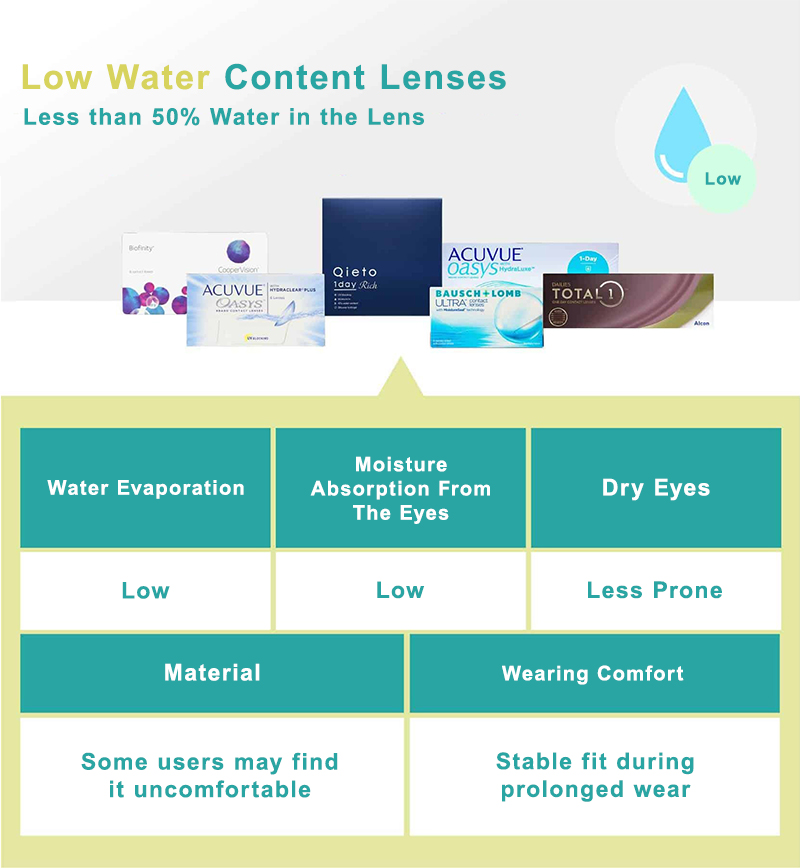
A low-water-content lens contains less than 50% water, less likely to cause dryness but may feel slightly uncomfortable for some users.
Low-Water-Content Lenses: Pros and Cons
Pros
- Prevents Dryness: Contains less water, so it absorbs fewer tears and helps keep eyes feeling hydrated throughout wear.
- Stable During Extended Wear: Less prone to evaporation, so lenses retain moisture and stay comfortable for long hours.
Cons
- Slightly Less Comfortable: May feel firmer or less flexible than high-water-content lenses for some users.
Who Are Low-Water-Content Lenses For?
- Dry-Eye Sufferers: Contains less water, so it absorbs fewer tears and helps eyes stay hydrated.
- Long-Hour Wearers: Less prone to evaporation, keeping lenses comfortable for extended hours.
Suffering from Dry Eyes? Check Out These Tips!
Nowadays, many people suffer from dry eyes due to prolonged device use. If you have dry eyes, low-water-content contact lenses are a good choice. Silicone hydrogel lenses are especially recommended because, in addition to having low water content, they allow high oxygen to pass through, keeping your eyes hydrated and comfortable for longer periods.
Low-water-content lenses absorb less of your natural tears, reducing dryness and irritation, making them suitable for all-day wear—even in dry environments or after long hours in front of screens.
Also, check out these tips and preventive measures.
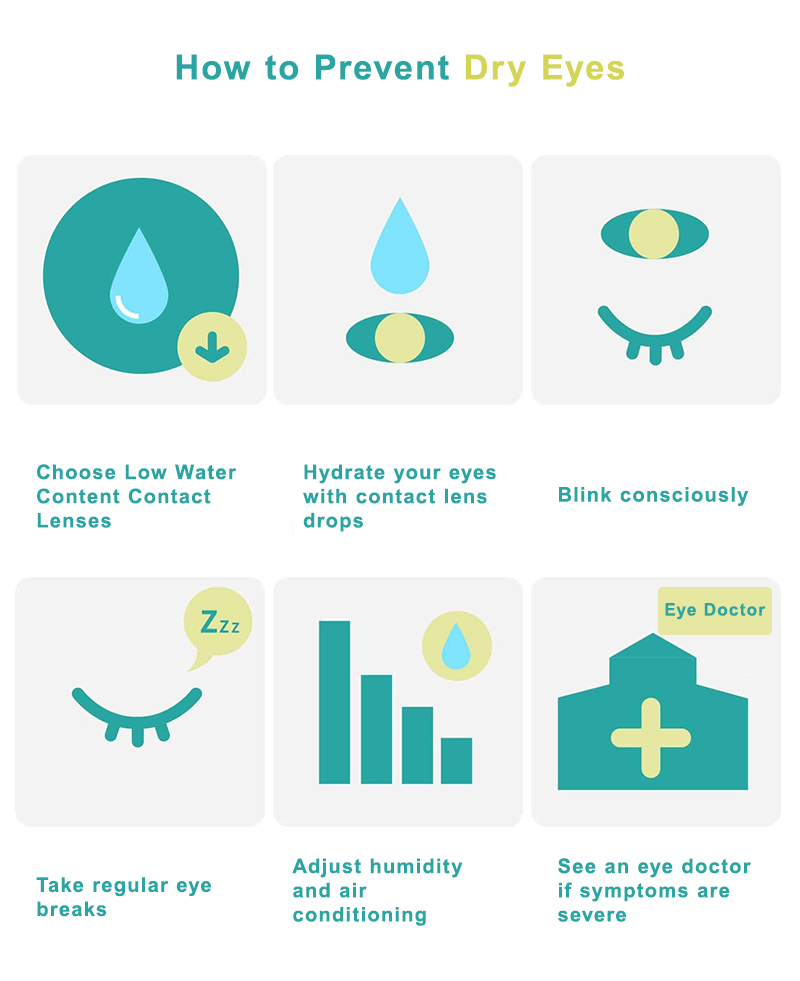
Choose Low-Water-Content Contact Lenses
When selecting contact lenses, opt for low-water-content lenses instead of high-water-content ones.
Since low-water-content lenses contain less moisture, they absorb less of your natural tears. This helps your eyes retain hydration, making it easier to wear them for long periods without feeling dry.
Use Eye Drops Made for Contact Lenses
If your eyes feel dry, using eye drops is also recommended. You’ll feel immediate relief and added moisture.
However, be sure to choose eye drops specifically designed for contact lens use. Regular eye drops may contain preservatives that can build up on the lens surface and harm your eyes. Always check the label before purchasing.
Remember to Blink
When you focus on a computer, smartphone, or book, your blinking rate naturally decreases. If you don’t blink enough, tear production decreases, which can lead to dryness.
Make a conscious effort to blink regularly to keep your eyes moist.
Take Frequent Breaks
Using digital devices for long periods is said to reduce tear secretion. It also lowers your blinking frequency, which can worsen dryness. Be sure to give your eyes frequent breaks during tasks.
Placing a warm compress (around 40°C) over your eyelids while resting is also considered effective.
Check Your Environment
If you often experience dryness, take a look at your surroundings. Low humidity or direct airflow from air conditioning can make your eyes dry.
Using a humidifier or staying away from direct airflow can help improve your environment and reduce dryness.
See an Eye Doctor if Symptoms Are Severe
If your dry eye symptoms are severe, it’s best to consult an eye doctor. This can help detect potential eye diseases or issues at an early stage.
Additionally, by discussing your dryness, you can receive advice on suitable lenses and care methods. Don’t just assume it’s “only dryness”—if it feels uncomfortable, seek professional help.
Our Products – Water Content Overview
Quick Guide: Water Content of Our Popular Contact Lenses

Water content is one of the indicators; comfort and dryness also depend on the lens material.
Our Popular High-Water-Content Contact Lenses
Qieto1day (30 Pack)
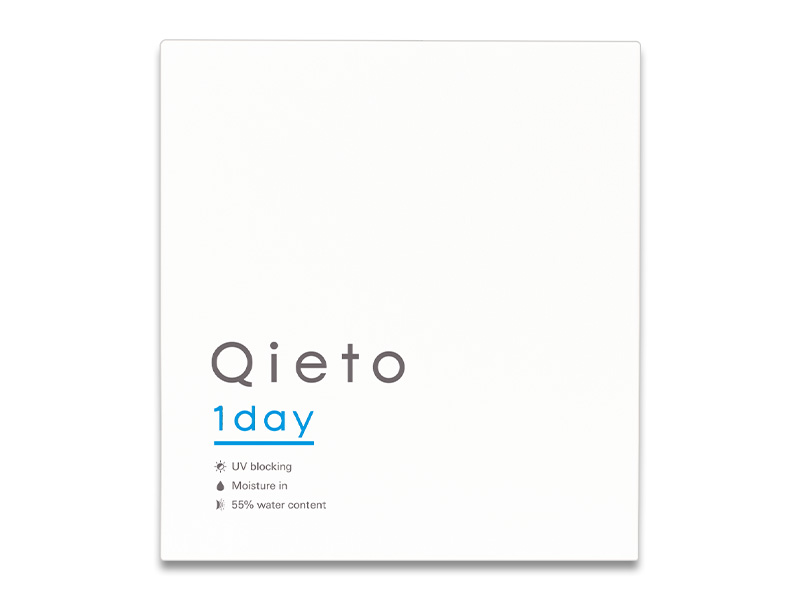
NZ$24.90
Exclusive to our group of companies — very popular, affordable, and comfortable lenses. Find out more.
1 Day Acuvue Moist (30 Pack)

NZ$39.90
A long-standing favourite in the market — comfortable lenses from the popular ACUVUE brand. Find out more.
Our Popular Low-Water-Content Contact Lenses
Qieto1day Rich (30 Pack)

NZ$34.90
Exclusive to our group of companies — affordable, more comfortable silicone hydrogel lenses. Find out more.
Dailies Total 1 (30 Pack)

NZ$52.90
One of the market-leading brands — breathable silicone hydrogel lenses, ideal for extended wear. Find out more.
Qieto2week Rich (6 Pack)
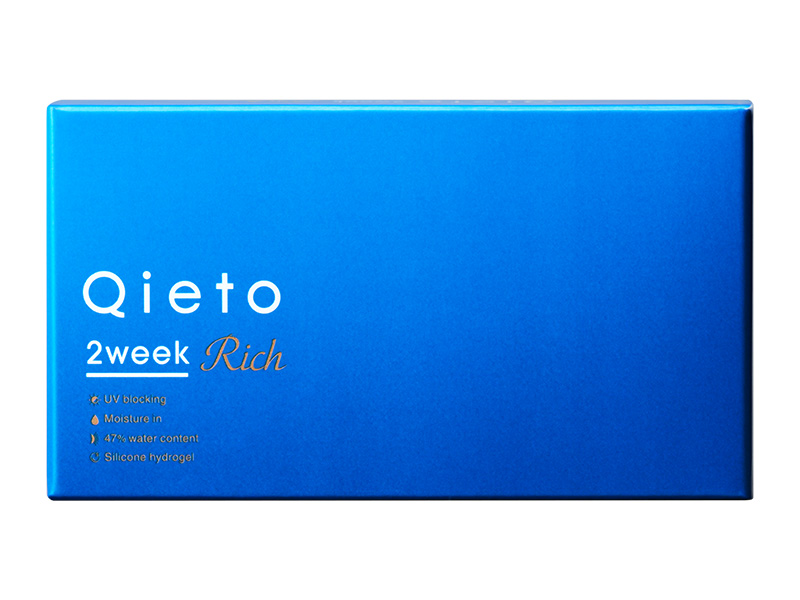
NZ$22.90
Exclusive to our group of companies — affordable, more comfortable silicone hydrogel lenses. Find out more.
Biofinity (6 Pack)
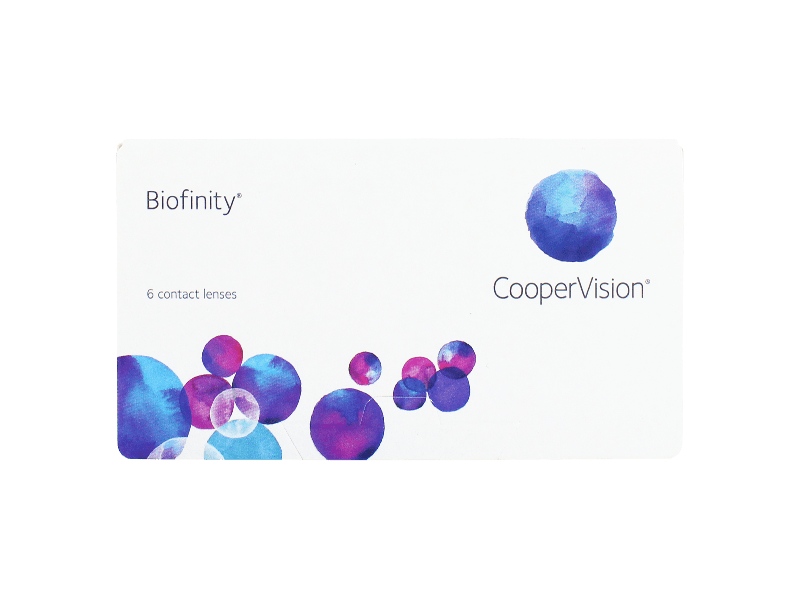
NZ$49.90 Unbeatable Price!
A long-standing favourite in the market — silicone hydrogel with a moisturising effect for all-day comfort. Find out more.
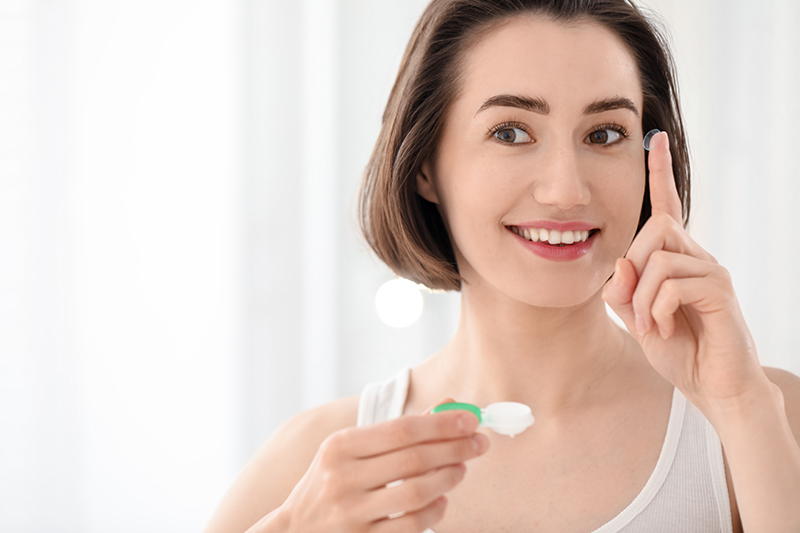
Both high- and low-water-content lenses have their own pros and cons. Which is best depends on your eyes, so consult an eye doctor before choosing. For more details, see each product page. Choose the lenses that suit your eyes best for comfort and eye health.
Browse our resources for expert advice on keeping your lenses and eyes in top condition.
